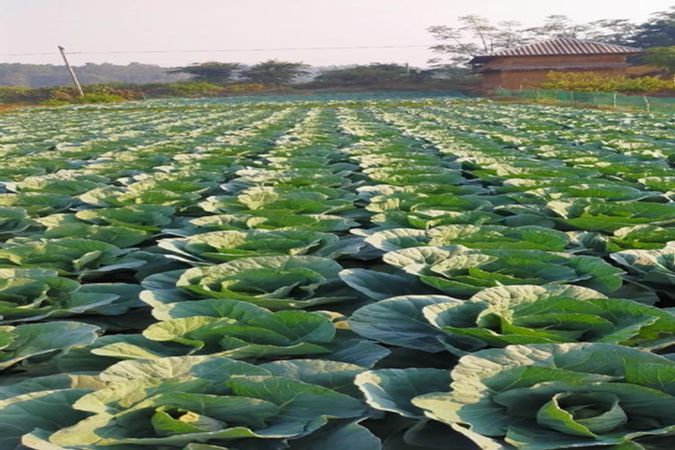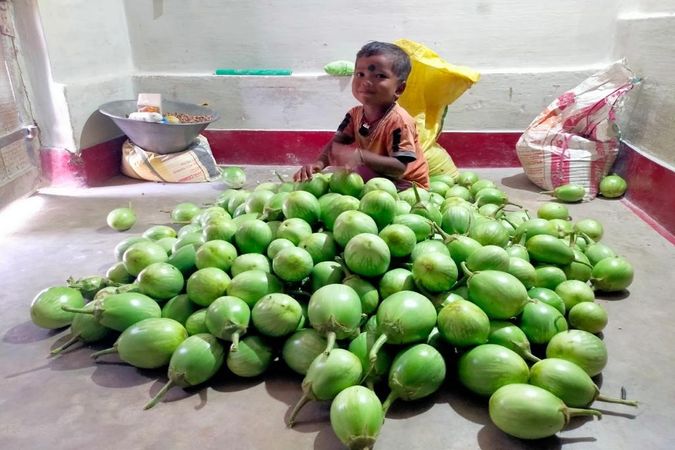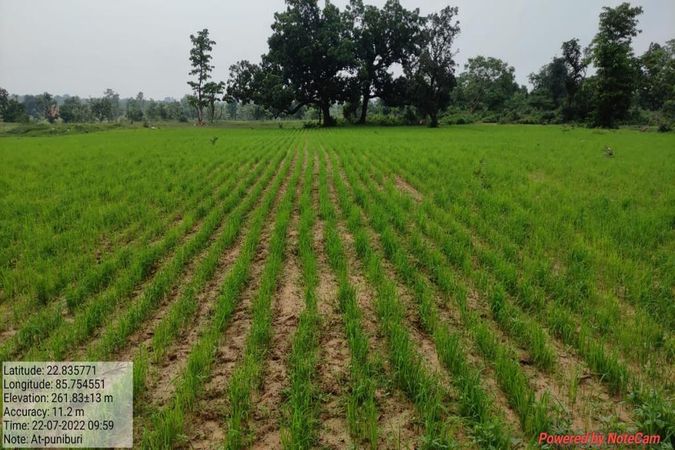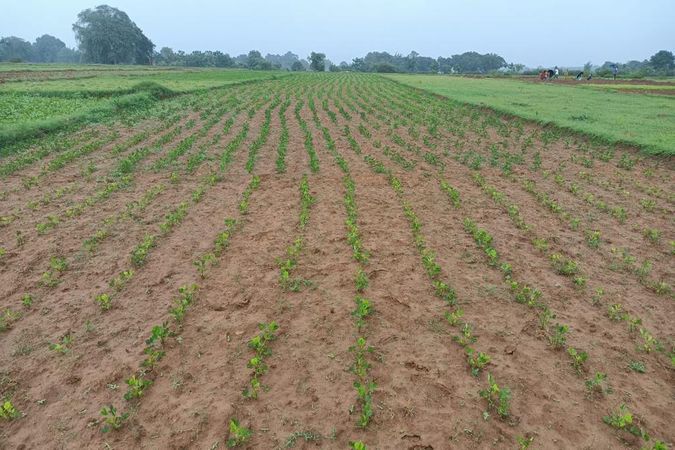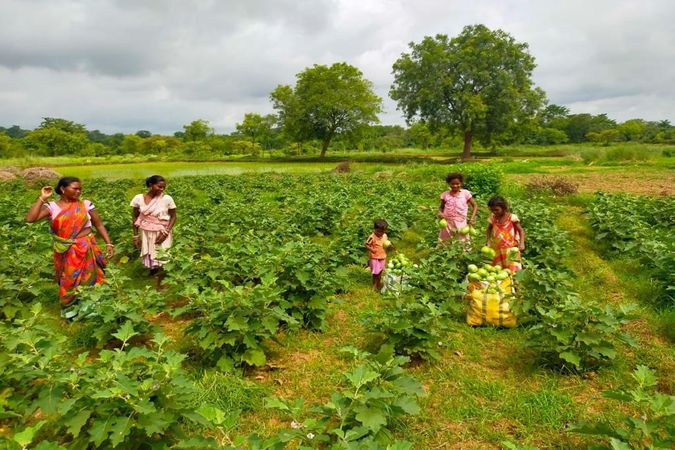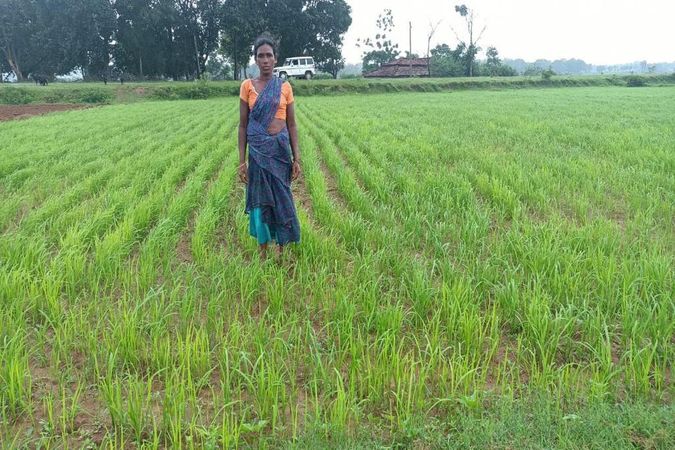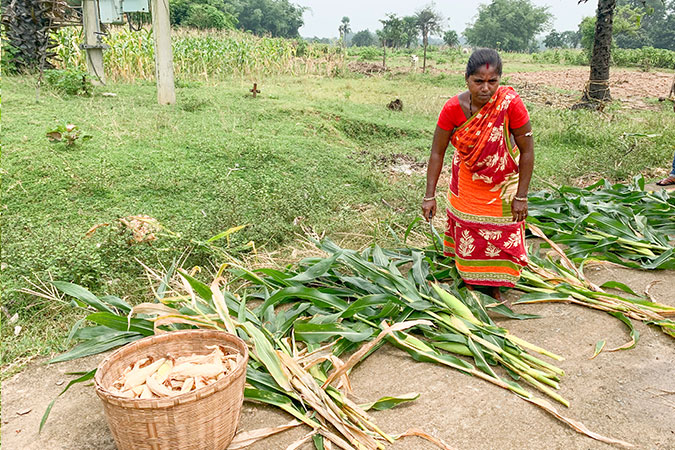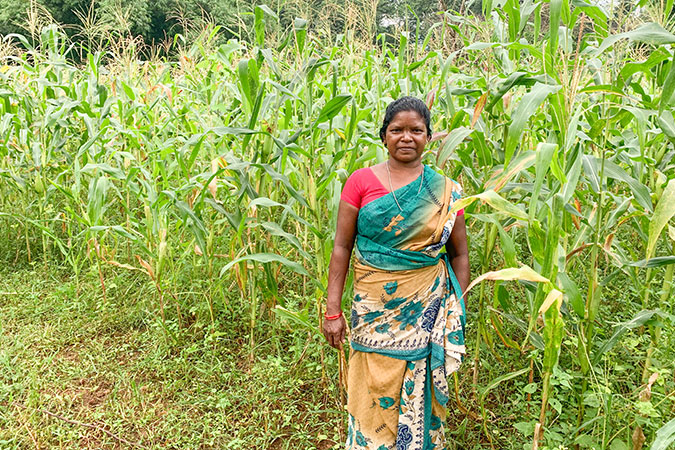Agriculture
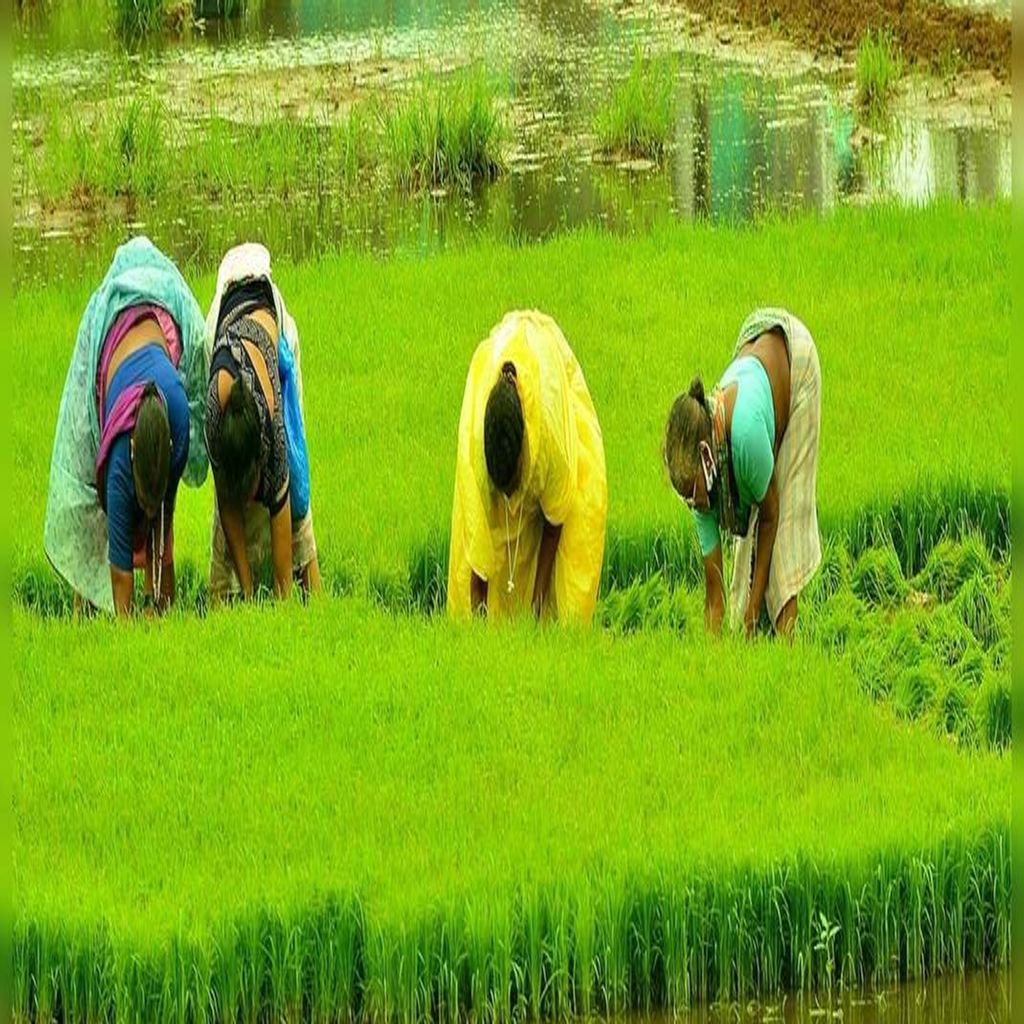
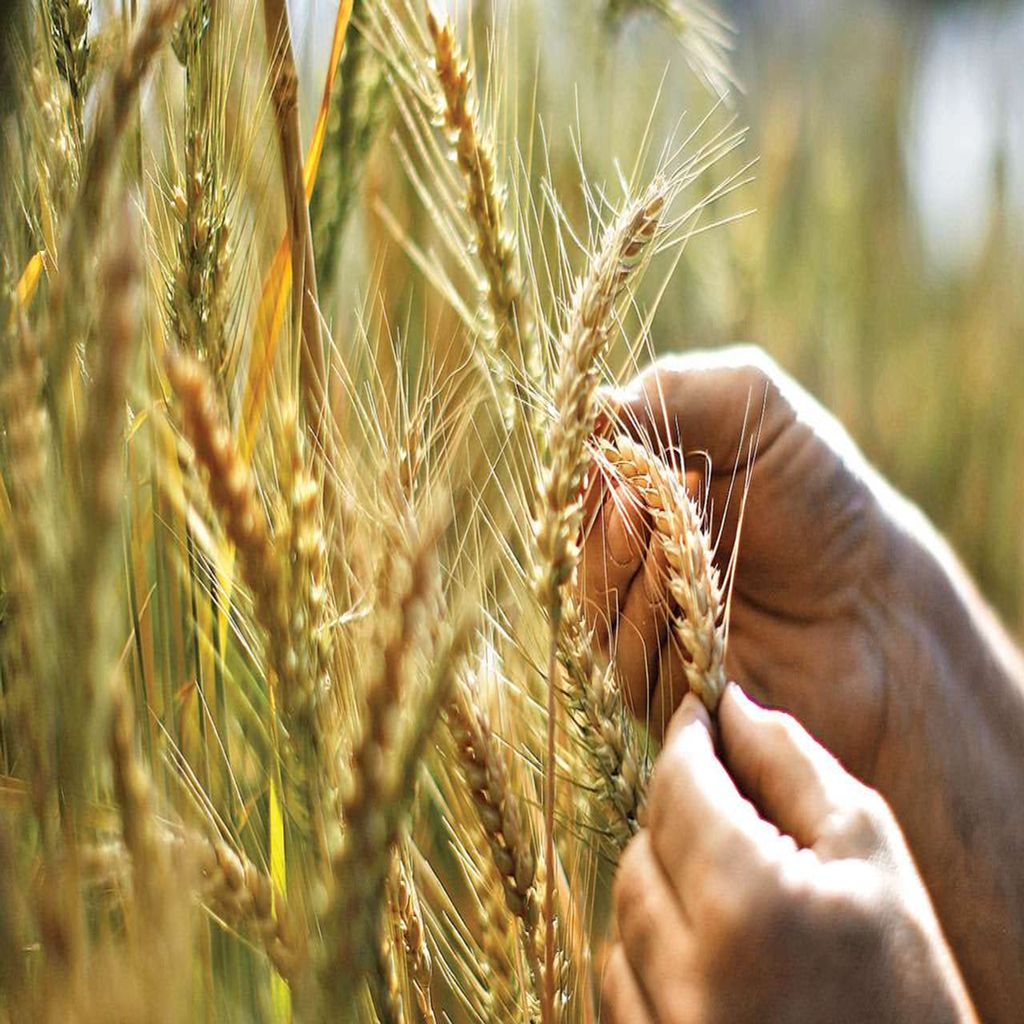
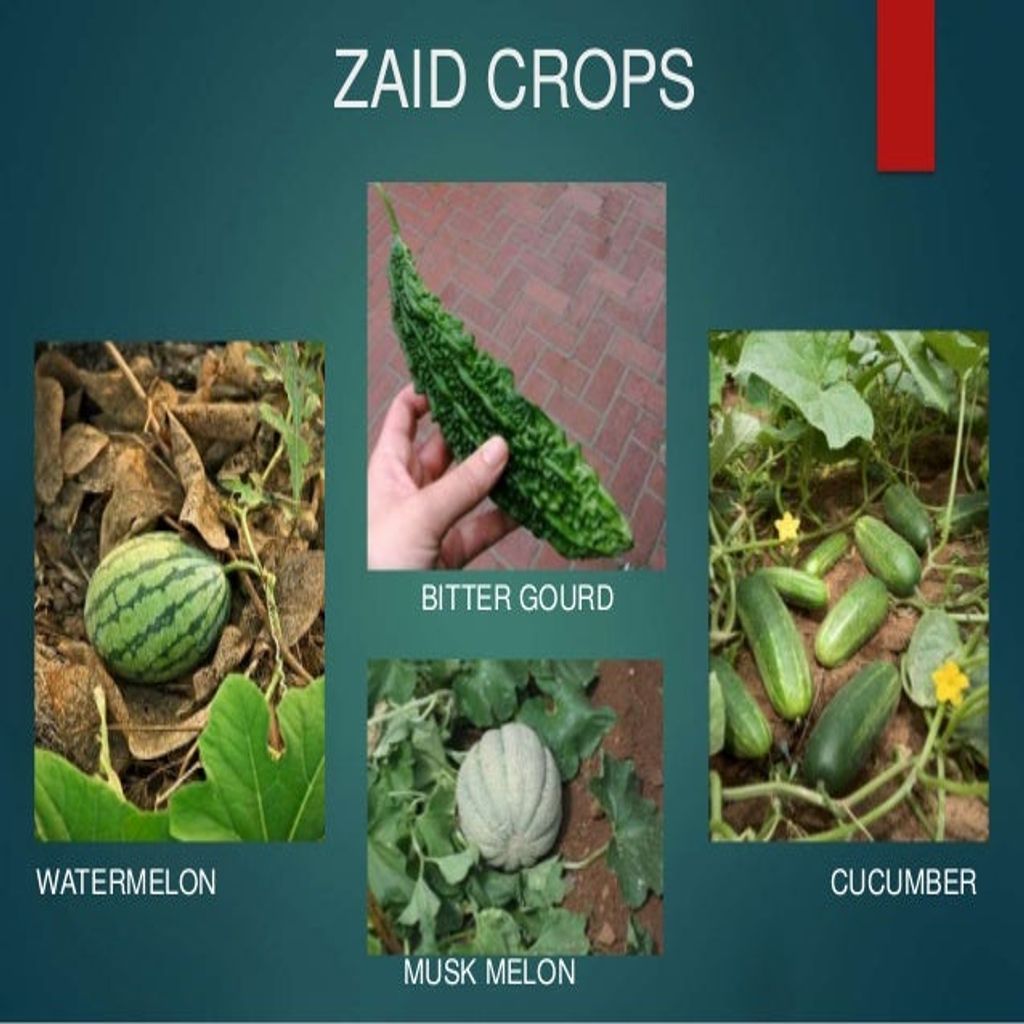
The sowing time may vary in the different states of India as it depends on the arrival of monsoon, e.g. in southern states like Kerala, Tamil Nadu the seeds are usually sown towards the end of May and in northern states like Punjab, Haryana the seeds are sown in the month of June.
The term ‘Rabi’ is an Arabic word, which means spring. Rabbi crops are crops that are sown at the beginning of the winter season and are harvested in the spring season, in the countries of South Asia, that is, India, Bangladesh, Pakistan, etc. They are sown with the end of the monsoon in the country, usually in late October or early November.
As rabbi crops are grown in the dry season, they require timely irrigation to grow. The main crops of rabi are wheat, gram pea, oats, barley, onions, potatoes, tomatoes and many seeds such as mustard, sunflower, rapeseed, flaxseed, cumin, coriander, etc.
Zaid crops are summer season crops. They grow for a short time period between kharif and rabi crops, mainly from March to June. These crops are mainly grown in the summer season during a period called the zaid crop season. They require warm dry weather as major growth period and longer day length for flowering. The zaid crop season comes between the rabi and the kharif crop seasons. Some summer months and rainy season is required. These crops also mature early.
In between the rabi and the kharif seasons, there is a short season during the summer months known as the zaid season. Some of the crops produced during zaid season are watermelon, muskmelon, cucumber, vegetables and fodder crops. Sugarcane takes almost a year to grow
Life Changing New Techniques…….
Agriculture is one of the labor intensive activity and According to economic survey 2017–18, there are 49% of India’s total workforce engaged in agriculture. Though mechanization in industrial sector reduce work force but in case of agriculture in JTDS areas of Saraikela district find a positive impact in the farmers life specially to the women farmers.
From very beginning of the JTELP project, JTDS focus on farm mechanization. PDS engage in agriculture technical support to JTDS, take it further to intensify the use of agriculture tools and reduce drudgery.
In past two Kharif season, JTDS promoting line sowing in paddy and other crop and mobilize to use of weeder to remove week instead of manual hand picking of weed. During the design of kharif training, PDS member incorporate the use of farm tool in the capacity building exercise and did number of on-field demonstration and hand holding support to farmers through agriculture cadre to use farm tool.
Now farmers are not only limited to use of Weeder some use bush cutter during paddy harvesting and many use paddy thresher to remove seed from straw instead of beating by hand with a flail. The intervention not only help to reduce physical labor as well as save times for her and family.
Story from Zero to Hero Elephant Foot Yam…………..
Sundarmuni Devi lives in Paira village with her family consists of her husband and two kids. Paira is a village of 266 Household in Ukamar Panchayat in Barwadih block of Latehar District. Paira mainly populated with 42.2% ST families and 27.4% SC families, and their main livelihood is farming. Sundarmuni belongs to tribal community. Her primary livelihood is farming, but due to limited awareness of improved agriculture practice like other families in village they engage mostly in Kharif season only. The earning from farming is not sufficient to meet family’s needs and expense.Under Jharkhand Tribal Empowerment and Livelihoods Project (JTELP), JTDS intervene in Rabi crop season and conduct Gram Sabha meeting with farmers. FNGO staff organized training event for the farmers of this village about Packages of Practices (PoP) of Rabi crops.
In technical training for cultivation of Elephant foot yam they learnt seed germination, seed treatment and pit filling mixture preparation. She received 2.5 Kg. seed from JTDS, which she put in 10 pits to harvest Elephant Foot Yam during the month of November’2021. Around 35 kg of Yam was produced. She used the harvest as seed and put them in another 20 pits to get the yam during next season. It has germinated again. The family is consuming the yam produced from their backyard. She is very happy to learn the technique of doing a new crop which he has never done earlier.
Maize cropping through Line sowing method…
Sheela Devi from village Auratand of Manika block of Latehar district says about her experience of adopting line sowing method in agriculture. She is one of the beneficiaries selected in Auratand village under JTELP for agriculture activity.
Sheela Devi says that she participated in training programme conducted by JTDS on improved technique of agriculture. As maximum farmers in the village used to do farming in traditional method, we were not aware about line sowing method. We learnt about seed treatment, field preparation, application of fertilizer and line sowing of the crop. Line sowing technique improves production of the crop.
She says that as production would increase, she would sell out the produce after keeping for self consumption. This will help her to continue farming in all seasons through additional income.In past two Kharif season, JTDS promoting line sowing in paddy and other crop and mobilize to use of weeder to remove week instead of manual hand picking of weed. During the design of kharif training, PDS member incorporate the use of farm tool in the capacity building exercise and did number of on-field demonstration and hand holding support to farmers through agriculture cadre to use farm tool.




